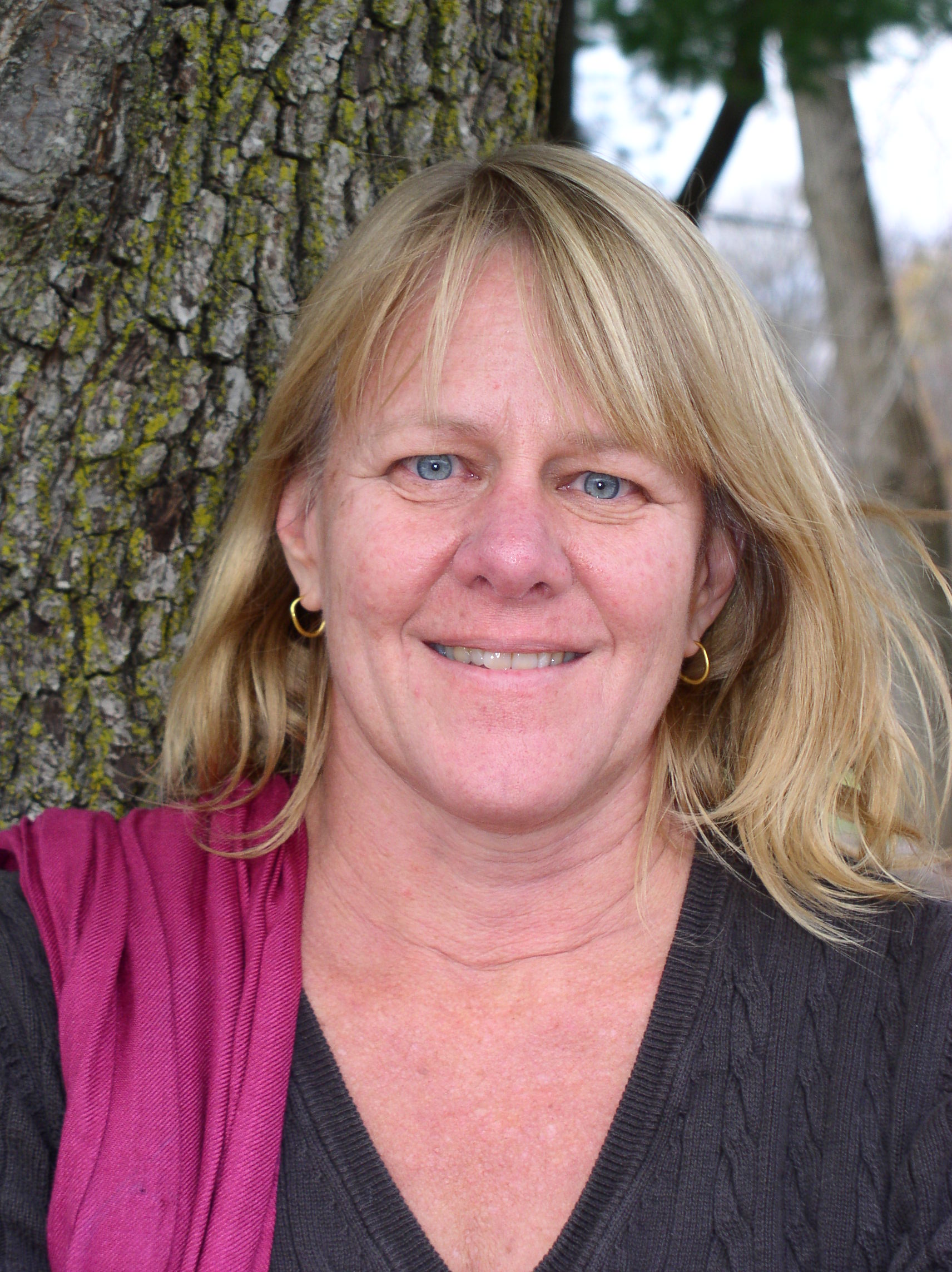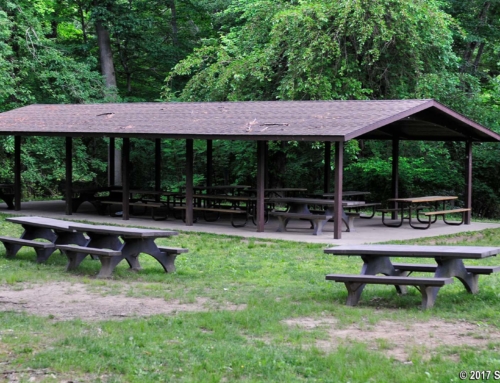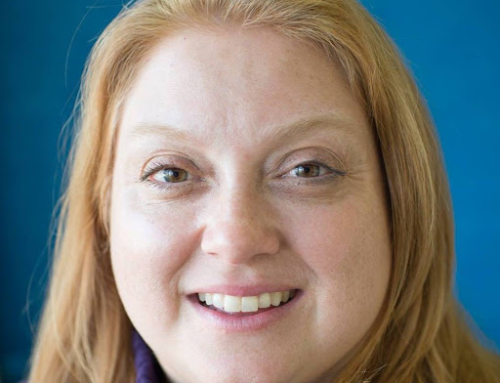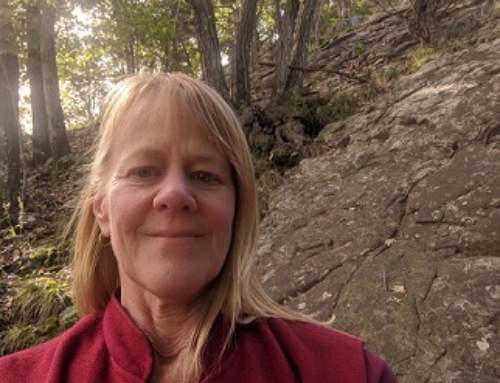This August, I spent a week in the Rocky Mountains of Colorado. The alpine landscape was awash with color as an exceptional wealth of wildflowers bloomed in response to recent rains. Pollinating insects were busy enjoying the abundance and humming birds were everywhere, aggressively trying to protect their territory. Moose grazed in the wet meadows, and beavers were hard at work damming streams. The natural beauty was almost overwhelming — and I frequently found myself flooded with strong emotion as we hiked through the mountains. In Colorado, I was reminded what it feels like to be in love with the natural world, and as a result wanting to ensure it is safe from harm, protected, and properly cared for. I am not sure I would have developed this kind of passionate love for nature without actually having experienced the wonder that comes from watching tadpoles swimming in a cool, clear pond, or watching the night sky to catch a glimpse of a shooting star, or wandering through an alpine meadow filled with every color of wildflower.
I thought a lot about Common Ground as I walked in the Rocky Mountains. The feelings I experienced are, for me, at the heart of Common Ground’s mission. As I hiked up the path I paid attention to each type of wildflower I passed. There were many different kinds, each of which had evolved to attract a different kind of pollinator, to prefer a certain amount of sun or shade, to thrive in a specific soil type with a specific amount of moisture. As I thought about how each species was unique, occupying a very specific niche, I also reflected on how together they all interacted to form a functional community or ecosystem, that would be somehow impaired if even one single species were to falter or disappear. The system that the wildflowers (and bees and birds and butterflies and moose and beavers) are a part of is so complex that it is almost impossible for us, as smart as we think we are, to predict the consequences of disturbing even one member of the community that makes up the system. Again, this line of thinking made me reflect on Common Ground, and how we are also a community, within a community (New Haven), within a Community (Connecticut), – and how each member of the Common Ground community is part of a system, and how each member plays an important role in that system, and finally how disturbances to our community and our systems have consequences that sometimes are very difficult to predict.
Which brings me to the topic at hand: This fall will see the start of a major change at Common Ground, when we begin work on some significant improvements to our site. We have been planning for these improvements for almost two years now, but no matter how much planning has gone on, change is always a shock and is going to require us all to adapt to a new, albeit improved set of conditions. I think the beginning of this process is going to be the most difficult. Trees are going to come down off the berm along Springside Avenue. Big yellow machinery is going to be hard at work re-grading much of our street-scape to create a new entrance, better parking and drop-off accommodations, and an improved storm water management infrastructure that will increase the retention and infiltration of run-off from our site. For the first couple of months, it is not going to be a pretty sight.
Yet, when all is said and done, we will replaced the tangle of invasive species that currently hide our site from the street with native habitat designed to provide food and shelter to declining migrant bird species and other wildlife. This new habitat is also going to grow into an incredible outdoor classroom, and our high school students are already learning from it — helping our landscape architect develop the final plans, designing interpretive exhibits, and surveying species diversity before we make these improvements. Thanks to support from the American Honda Foundation, the Barnes Foundation, the Watershed Fund, and lots of amazing partners, this area will grow into a welcoming home for learners of all ages, as well as non-human residents from insects, to birds, to small mammals.
The new landscape will take time to be realized in its full glory – which brings to mind another experience I had in Colorado. While there we stayed in a cabin located on a 2700 acre parcel of land owned by the YMCA. I noticed as I walked the property that it had been completely cleared of almost all its trees sometime in the past couple of years. I was curious to find out why. I learned that the pine forest that had occupied this property, as is true for much of the surrounding pine forests, had been devastated by an outbreak of pine beetles. In response, the YMCA had cleared the entire property, and a young, healthy forest was now beginning to regrow. Young pines were coming up everywhere on the property, and within a few years a new, healthy forest will have replaced the old and diseased one.
This is both literally and metaphorically what the plan is for Common Ground. The changes that you will begin to see this fall will clear away a highly disturbed landscape and replace it with a healthier mix of native flora. It will also make much needed changes to our site that will lead to improved public access and allow us to run better programs. So please bear with us as we embark on this journey. We will keep you informed of the ongoing work as it progresses through regular updates on our website and through these reflections. In the meantime, if you have any questions feel free to contact me. And remember, it is through disturbance that renewal takes place – and I can promise you that the same will be true here at Common Ground.





Leave A Comment